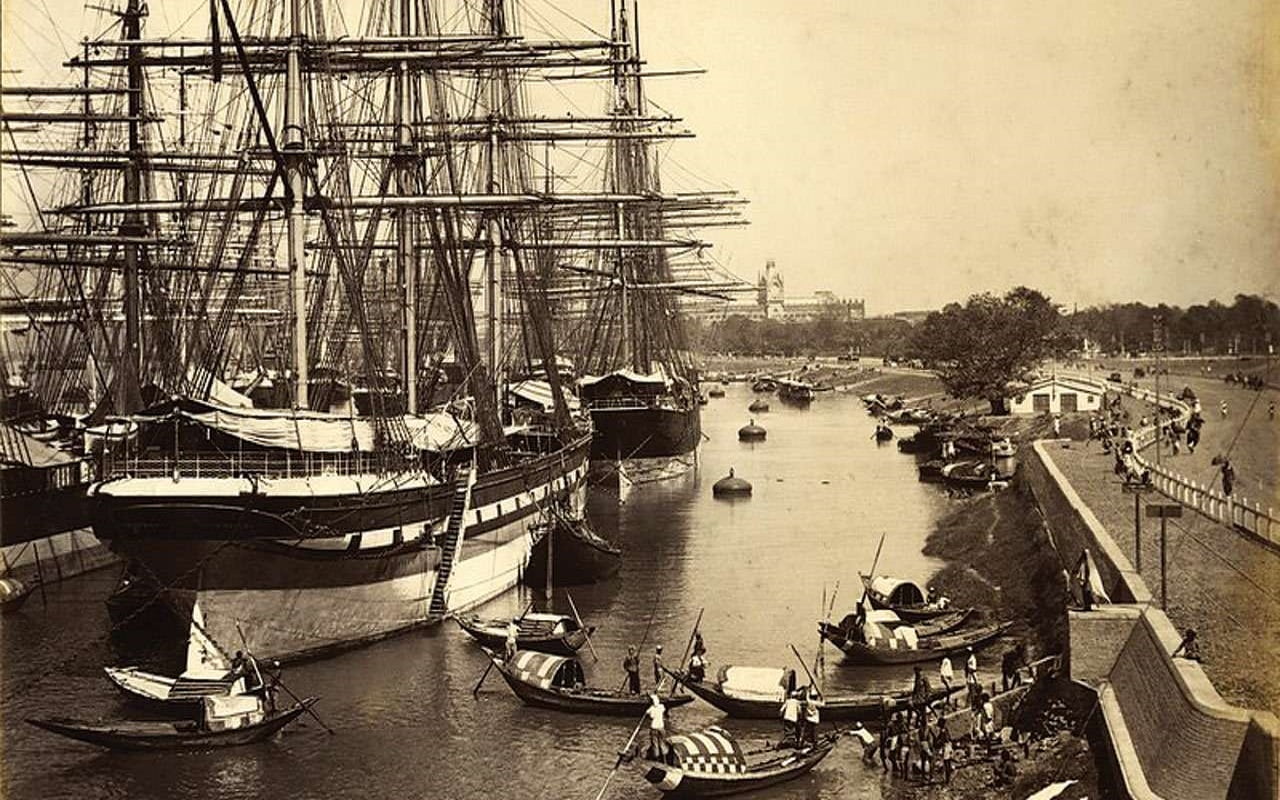In 1953, the British annexed the southern part of Burma. David J. Mitchell, who served as an engineer officer of the British India Steam Navigation Company from 1867 to 1874, wrote that the commercial opportunities of the subcontinent were not only through the expansion of the railway network but also through ships.

Within two years of the lower Irrawaddy estuary and the coastal areas of southern Burma coming under British rule, the East India Company invited tenders for a regular mail steamship between Calcutta and Rangoon.
Akiab with Calcutta, two ships started to carry regular mail with Rangoon and Moulmein, who carried mail every two weeks. 1857 First Indian War of Independence, Sepoy Mutiny started. The ship was used to transport British troops from Colombo to Calcutta.
After the end of the war, the Cape of Good Hope was joined on the Calcutta-Rangoon route by another steamer ‘Baltic’ of almost the same size. This trade in passenger and goods transport grew rapidly. Eight different ships began transporting goods and passengers. As a result, Rangoon became the second major city in the subcontinent after Calcutta in terms of importance. At least one ship is said to have stopped at Rangoon every day except Sunday.
It took two decades (1862-72) to develop the central part of the city. And all this was done with Indian laborers imported through Indian contractors. As trade and agriculture expanded in Lower Burma, Rangoon grew rapidly in size.
The demand for Indian immigrants to Burma was so great that steamer services were started from places like Madras and Visakhapatnam. British rulers started subsidizing shipping companies to transport Indian immigrants to Burma.
Even in the 20th century, the British continued to give importance to the Calcutta-Rangoon steamer service. After World War II, the steamer service was resumed after India and Burma gained independence from British rule in 1947 and 1948 respectively.
After Burmese leader General Ne Win expelled Indians from the country in 1962, the ferry service gradually ceased. In the 1960s, about 300,000 Indians were expelled from Burma. Thus ended the main means of communication between the two regions that lasted for almost a hundred years.
